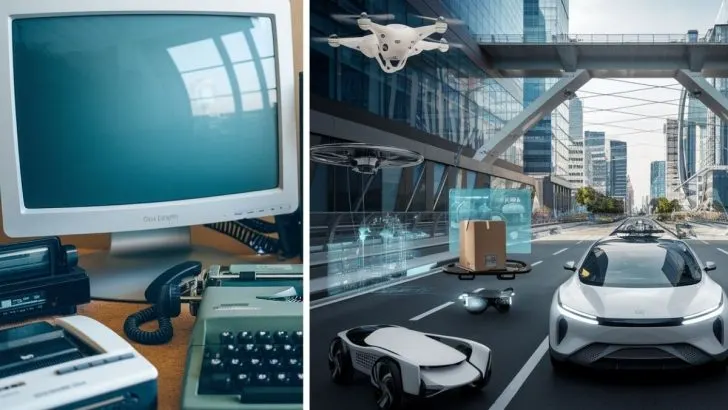As we march toward the future, certain familiar technologies might fade into oblivion. Rapid advancements promise to revolutionize our daily lives, rendering some current staples obsolete.
By 2035, we might witness the disappearance of several everyday technologies as breakthroughs emerge and consumer preferences evolve. Let’s explore ten such technologies that could vanish over the next decade and a half.
Remote Controls

Remote controls as we know them might soon be obsolete, replaced by voice commands and smartphone apps. Modern smart TVs and devices increasingly support voice recognition.
With the convenience of controlling multiple devices from a single smartphone app, the clutter of remotes is unnecessary. This transition is driven by the desire for simplicity and efficiency.
By 2035, physical remotes may be a thing of the past, with intelligent voice-activated systems taking their place in living rooms worldwide.
Cash Registers
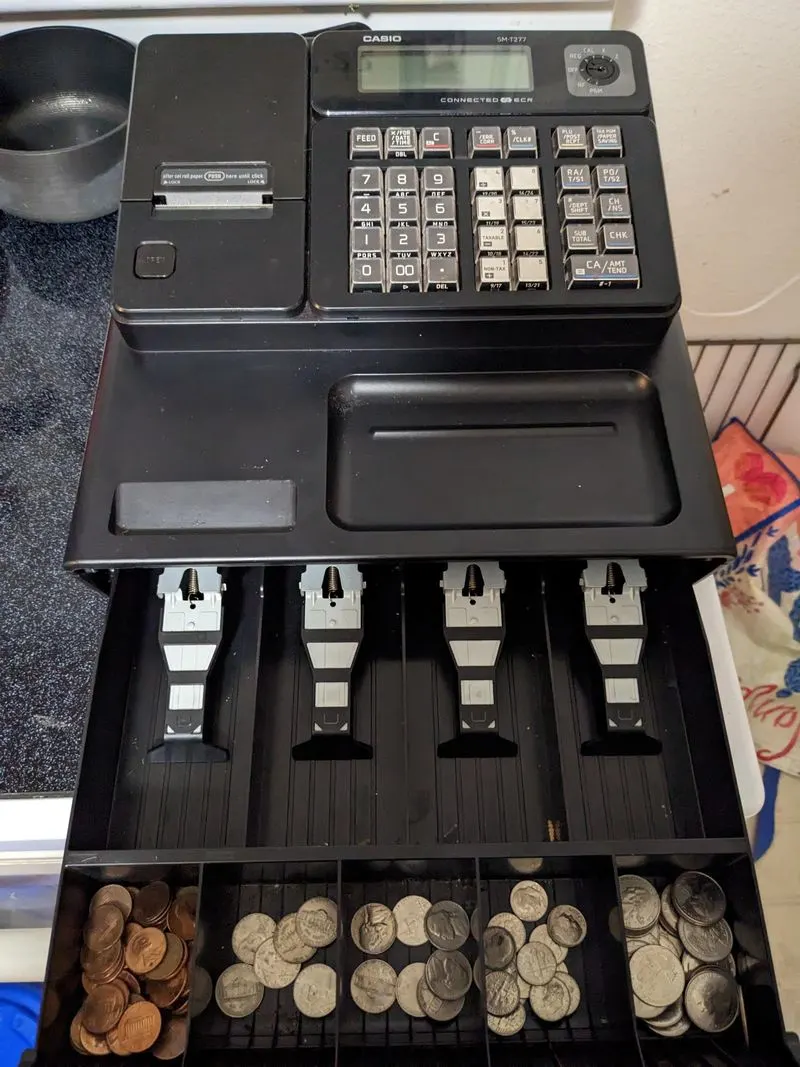
Cash registers, iconic in retail, are gradually being replaced by digital point-of-sale systems. Tablets and smartphones with card readers offer mobility and flexible payment solutions.
These modern systems streamline processes, integrate with inventory, and enhance customer experiences. As businesses seek efficiency, traditional registers lose favor.
By 2035, the classic cash register may be a nostalgic symbol of retail’s past, overshadowed by technology that meets contemporary demands for speed and convenience.
Desktop Computers

The rise of mobile computing devices like laptops, tablets, and smartphones is making desktop computers less essential. These portable alternatives offer similar processing power and versatility, catering to the needs of on-the-go users.
This trend points to a future where desktops are primarily used for highly specialized tasks.
Moreover, the aesthetic appeal and space-saving aspects of laptops and tablets contribute to their growing popularity. Companies are increasingly adopting flexible workspaces, further reducing the demand for stationary desktop setups.
This shift towards portability is likely to continue, phasing out traditional desktop computers by 2035.
Wired Earphones

Wired earphones face a challenge from wireless earbuds offering freedom from tangles and superior portability. Bluetooth technology has improved, providing better sound quality and connectivity.
People enjoy the convenience of wire-free listening, with earbuds seamlessly connecting to multiple devices. As battery life extends and prices drop, wireless options become more accessible.
By 2035, wired earphones might be regarded as cumbersome and outdated, retained only by audiophiles or those with nostalgic attachments. The shift to wireless seems inevitable as technology marches on.
Analog Watches

Analog watches face tough competition from smartwatches offering a wide range of functionalities. Beyond telling time, smartwatches track health, provide notifications, and even make calls.
The younger generation gravitates towards devices that integrate seamlessly into their digital lives. While analog watches still symbolize elegance and tradition, their practicality is questioned.
As technology becomes more ingrained in our daily routines, analog watches may become luxury items, appreciated for craftsmanship rather than utility. By 2035, they might be rare outside of fashion circles.
Standalone GPS Devices
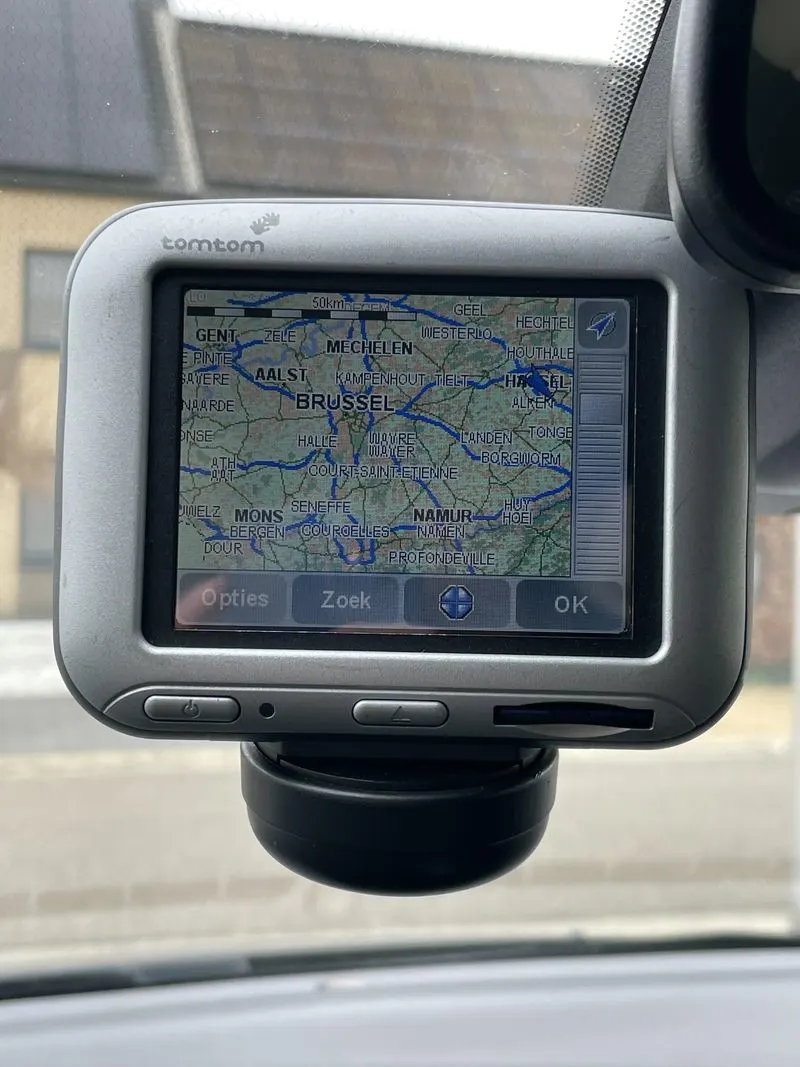
Standalone GPS devices once revolutionized how we navigate. However, their relevance is waning with the rise of smartphones and integrated car systems.
Turn-by-turn directions, real-time traffic updates, and maps are now just a tap away on your smartphone. Unlike GPS devices, smartphones offer regular software updates, ensuring maps and features remain current.
As vehicles increasingly come with built-in navigation, the need for standalone units diminishes. By 2035, these bulky gadgets may be relics of a bygone era, replaced by sleeker, multifunctional technology.
Landline Telephones
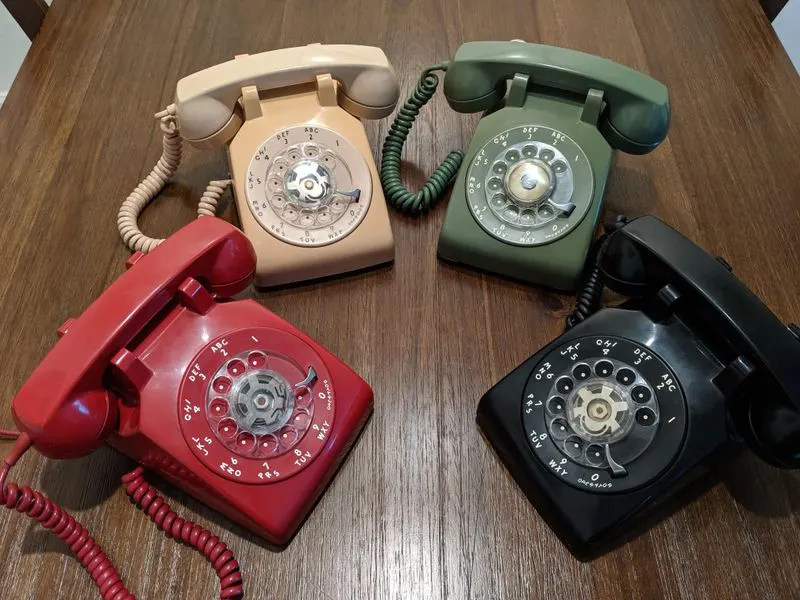
The humble landline telephone is slowly inching toward obsolescence. In an era dominated by mobile phones, fewer people rely on landlines for communication.
The shift is fueled by the unparalleled convenience and features offered by cell phones, which now serve as lifelines for billions. As more households cut the cord, telecommunication companies may phase out landline services altogether.
Although landlines offer reliable connections in areas with poor cell reception, this advantage is diminishing as network infrastructures improve. As digital natives grow, the nostalgia associated with landlines may not be enough to preserve them.
Traditional Alarm Clocks

Traditional alarm clocks are gradually being overshadowed by more versatile smartphones. With alarm functionalities embedded in phones, people prefer setting alarms on devices they already use.
Besides waking you up, smartphones serve as communication tools, entertainment hubs, and productivity assistants. Traditional clocks lack such versatility.
As the digital world expands, the simple alarm clock may become obsolete, cherished only by collectors or those seeking a retro aesthetic. Their mechanical charm might linger, but practicality will drive them out of everyday use.
Physical Media Discs

Physical media discs like DVDs and CDs are on the decline. With streaming services providing instant access to vast libraries, fewer people purchase physical copies.
Digital alternatives offer convenience, saving space and allowing access anywhere. As internet speeds increase and digital libraries grow, physical discs may become artifacts of the past.
Collectors might still cherish them, but for the average consumer, the convenience of streaming is unmatched. By 2035, DVDs and CDs might be as rare as VHS tapes are today.
Fax Machines
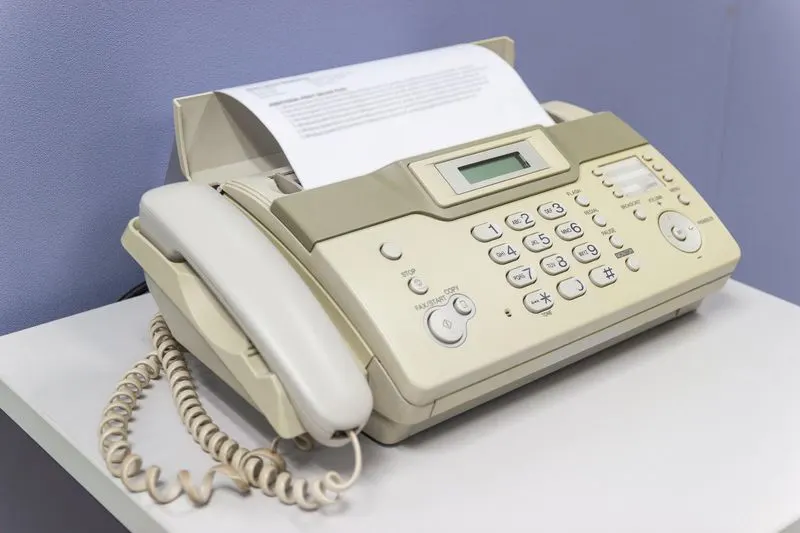
Fax machines, once a staple of offices, are losing ground to digital communication. Email and cloud services offer more efficient ways to send documents.
The fax machine’s cumbersome process and reliance on paper make it less appealing as businesses go green and digitize operations. Companies favor faster, more secure digital methods.
As technology progresses, fax machines may become a memory of a less connected time. By 2035, they might only be found in museums or among office relic enthusiasts.

